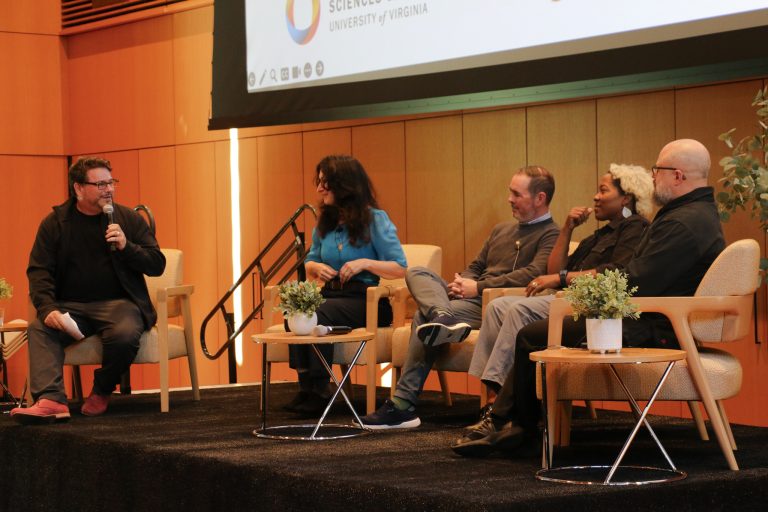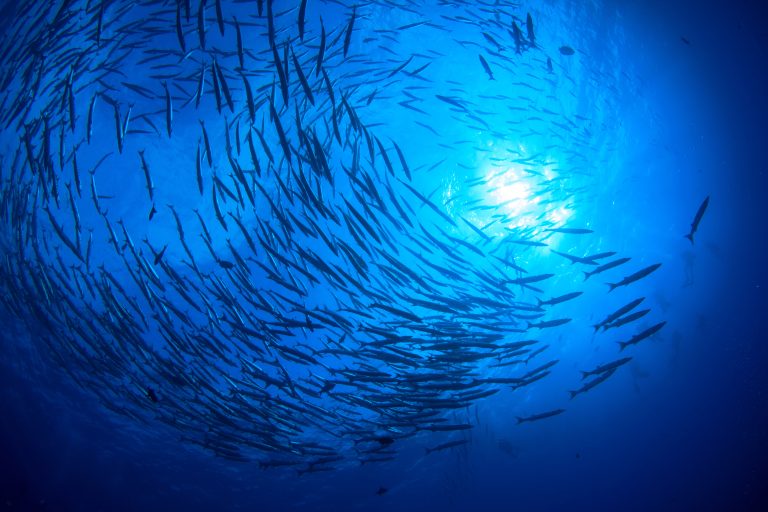“Love’s Deepest Abyss: A Contemplative Ecology of Darkness” by Douglas E. Christie is a part of Special Issue #03: Contemplative Ecology.
Abstract: “Love’s deepest abyss is her most beautiful form,” so claims Hadewijch of Antwerp, the great medieval Flemish mystic. This strange and alluring idea, shared by many of the apophatic tradition, reflects the sense that the abyssal (sometimes conceived of as a void, a desert, or darkness) is essential to the work of love, and that love can only be known by relinquishing the narrow conception of the self and becoming lost in the depths. The idea of the abyss has reemerged in our own time as part of a painful grammar of loss: a way of engaging and responding to social, political, cultural, environmental, spiritual, and personal losses too deep to name but impossible to ignore. It has also become critical to the work of reimagining the immense value of what we are losing, rekindling our capacity to love what is most precious to us, and helping us recover a sense of a shared life with all sentient beings (something often referred to in the Christian mystical tradition simply as “the common life”). And it has become part of an emerging “contemplative ecology of darkness”—a radical spiritual practice that can help us learn again how to behold ourselves and other living beings as part of a larger whole.
Keywords: apophatic, mystical darkness, self-annihilation, the abyss of love, contemplative ecology




